aerial roots
davidfromdetroit
16 years ago
Featured Answer
Sort by:Oldest
Comments (14)
bulldogges
16 years agopaul3636
16 years agoRelated Professionals
New Bedford Landscape Architects & Landscape Designers · South Elgin Landscape Architects & Landscape Designers · Stoughton Landscape Contractors · Waterbury Landscape Contractors · Deerfield Landscape Contractors · El Segundo Landscape Contractors · Lorain Landscape Contractors · Matteson Landscape Contractors · North Lauderdale Landscape Contractors · Blue Springs Decks, Patios & Outdoor Enclosures · Hull Decks, Patios & Outdoor Enclosures · Methuen Decks, Patios & Outdoor Enclosures · New Berlin Decks, Patios & Outdoor Enclosures · Paradise Valley Decks, Patios & Outdoor Enclosures · Westminster Decks, Patios & Outdoor Enclosuresbulldogges
16 years agodavidfromdetroit
16 years agodavidfromdetroit
16 years agobulldogges
16 years agojmcat
16 years agomoulman
16 years agobulldogges
16 years agobulldogges
16 years agodavidfromdetroit
16 years agobeachplant
16 years agoMichael Heaps
9 years ago
Related Stories

ARCHITECTURERoots of Style: Many Cultures Make Their Marks on Mediterranean Design
If you live in California, Florida or certain other parts of the U.S., your architecture may show distinct cultural influences
Full Story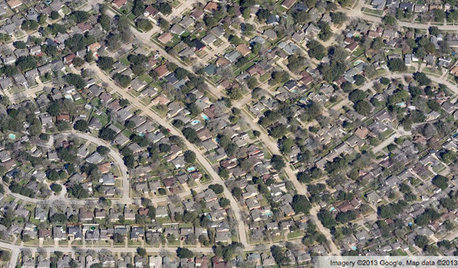
COMMUNITYGet a Bird's-Eye View of America's Housing Patterns
See the big picture of how suburban developments are changing the country's landscape, with aerial photos and ideas for the future
Full Story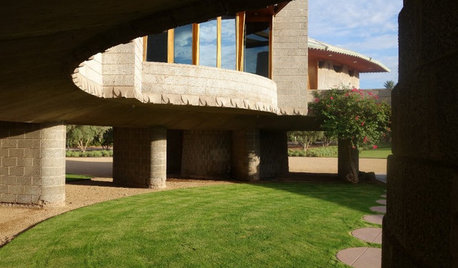
FRANK LLOYD WRIGHTStep Inside a Frank Lloyd Wright House Saved From Demolition
The historic Phoenix property is now part of the architect’s school at Taliesin, where it will be used as a design lab
Full Story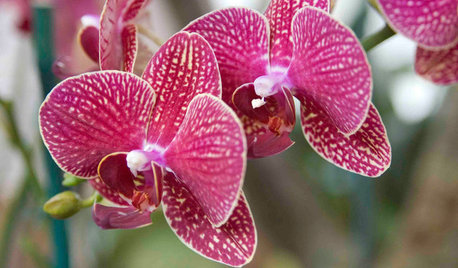
HOUSEPLANTSOrchids 101: How to Keep Your Moth Orchids Alive and Blooming
Growing Phalaenopsis — and getting it to flower again — is easier than you might think
Full Story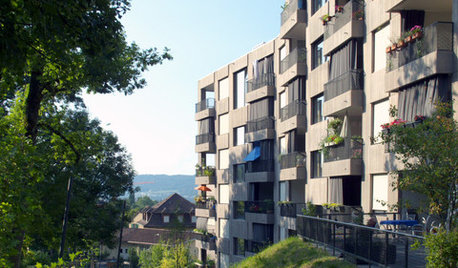
ARCHITECTURE4 Zurich Projects Build on High-Rise Livability
Generous landscaping, underground parking and terraces make these apartment complexes models of thoughtful housing
Full Story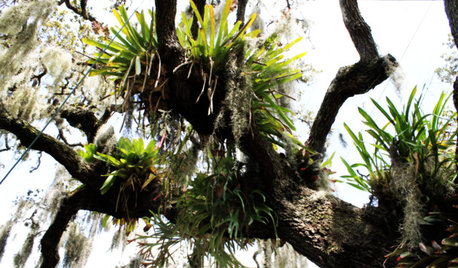
GARDENING GUIDESGot a Hot, Humid Landscape? Add Tropical Flair With Air Plants
Turn tree trunks and walls into lush canvases with plants adapted to the canopies of the rainforest
Full Story
LANDSCAPE DESIGNHow to Hire a Landscape Architect
Find the best fit for your landscaping project with this guide to evaluating and selecting a pro
Full Story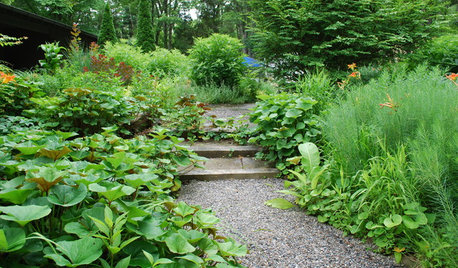
LANDSCAPE DESIGNTour a New American Garden in New Jersey
See how James Golden built his garden in a depression with wet clay and rogue cedars
Full Story
FUN HOUZZDon’t Be a Stickybeak — and Other Home-Related Lingo From Abroad
Need to hire a contractor or buy a certain piece of furniture in the U.K. or Australia? Keep this guide at hand
Full Story
HOUZZ TOURSMy Houzz: Once a Schoolhouse and Church, Now a Home and Art Gallery
Creativity and history come alive in attached 19th-century structures in upstate New York, and the local art community makes a new friend
Full StoryMore Discussions








mstark7789_aol_com